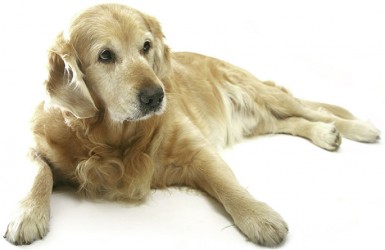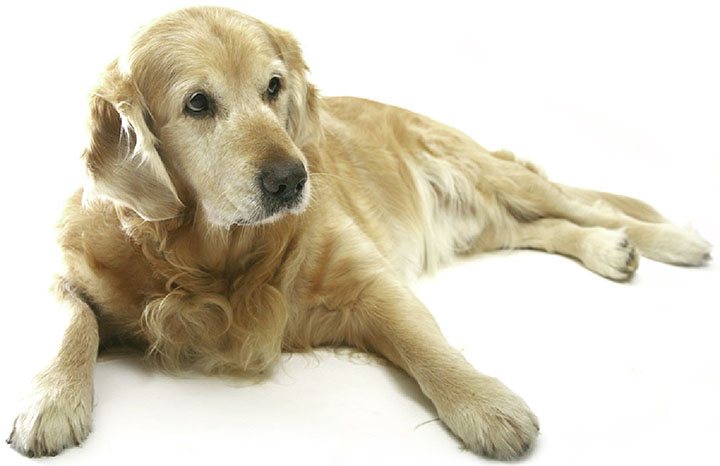Continued from last week
As was promised last week, we will deal with a condition known as ‘Hygroma’ or, as some scientists refer to it, a ‘False bursa’ or ‘bursitis.’
 Before we commence with the Hygroma/bursitis, I should mention a condition that is closely related to and possibly a precursor of the Hygroma problem. I am referring to the roughness/swelling on the elbows of seemingly all dogs in Guyana (especially the big/heavy ones). This ‘hard skin’ (callus) emerges because of the contact of the skin with hard surfaces (concrete, hardwood stairs/verandahs, and kennel floors made of hard wood, etc). The constant rubbing of the elbow skin on the hard surface can develop into quite unsightly, hairless, rough and hardened (sometimes bruised and bleeding) skin.
Before we commence with the Hygroma/bursitis, I should mention a condition that is closely related to and possibly a precursor of the Hygroma problem. I am referring to the roughness/swelling on the elbows of seemingly all dogs in Guyana (especially the big/heavy ones). This ‘hard skin’ (callus) emerges because of the contact of the skin with hard surfaces (concrete, hardwood stairs/verandahs, and kennel floors made of hard wood, etc). The constant rubbing of the elbow skin on the hard surface can develop into quite unsightly, hairless, rough and hardened (sometimes bruised and bleeding) skin.
I mentioned the callused skin as being located in the superficial (external) elbow area. But in fact any pressure point where the bone (just under the skin) is in constant friction with a hard surface will result in these rough, hairless swellings, for example on the lateral hind leg joint areas.
This problem, once it emerges, is difficult to remove. One could rub the affected skin with a lubricant (vaseline, oils, etc, to which you may add some yellow sulphur powder). If the bruised surface is infected, your vet may advise on the introduction of antibiotics and/or anti-inflammatories (steroids) into the treatment regime. Really, we should be thinking prevention. For example, we could cover the resting surface of the kennel with a sponge (mattress). The sponge, of course, has to be sanitized often.
Hygroma/bursitis
Hygroma afflicts large breed dogs including, but not limited to, Great Danes, Mastiffs, Newfoundlands, Greyhounds, Rottweilers, Irish Wolfhounds, Dalmatians and Dobermans.
The word Hygroma (of Greek origin) can literally be translated as a moist tumour. It is the name applied to a swelling occurring in the area

